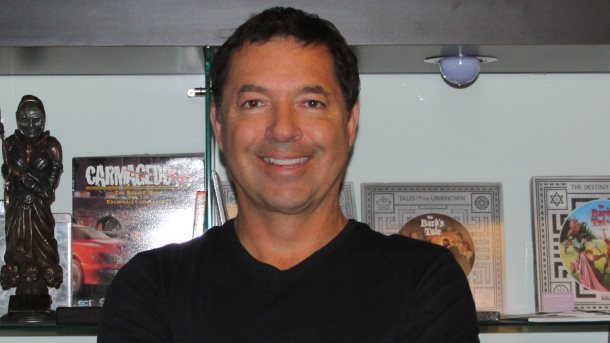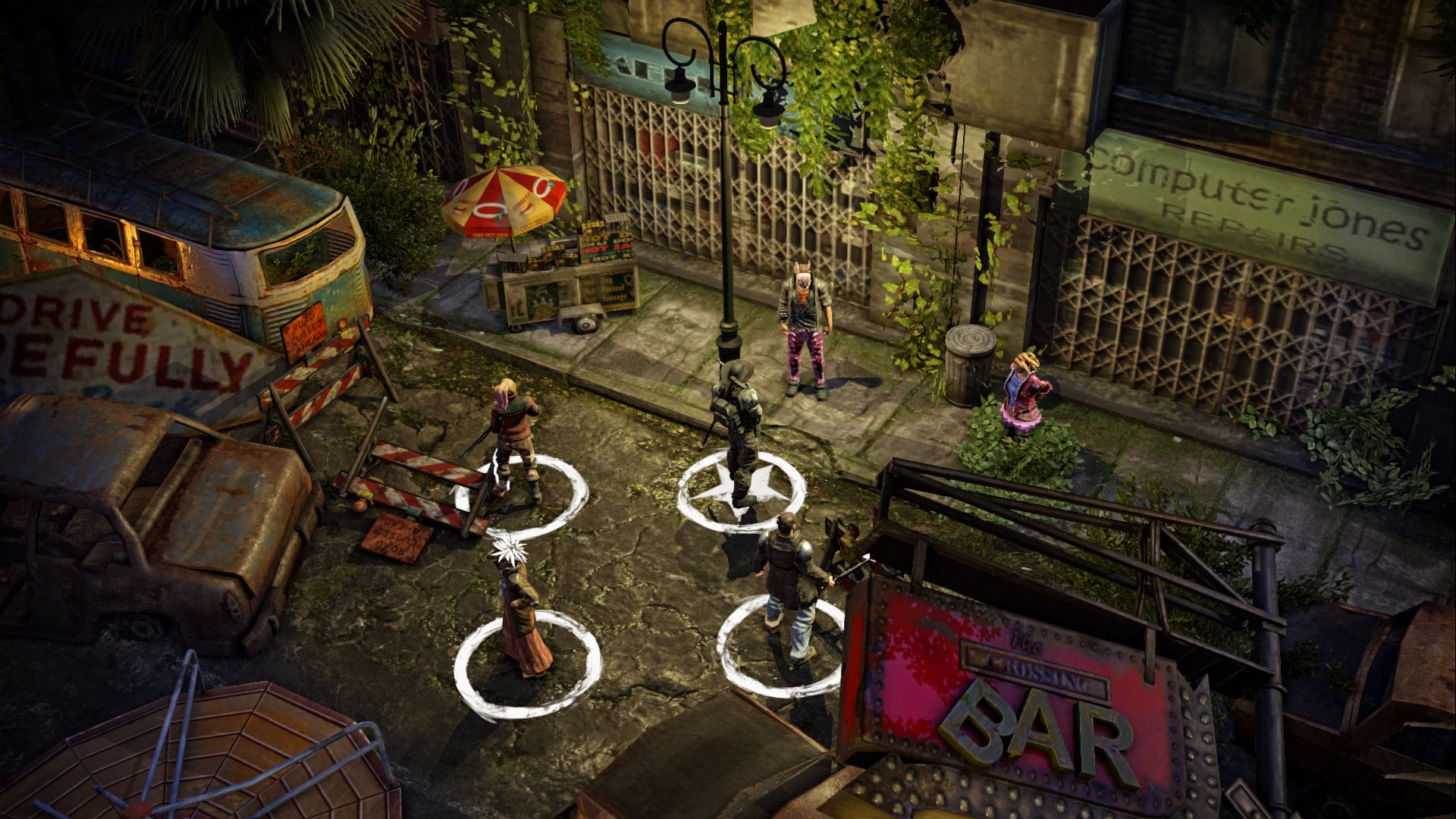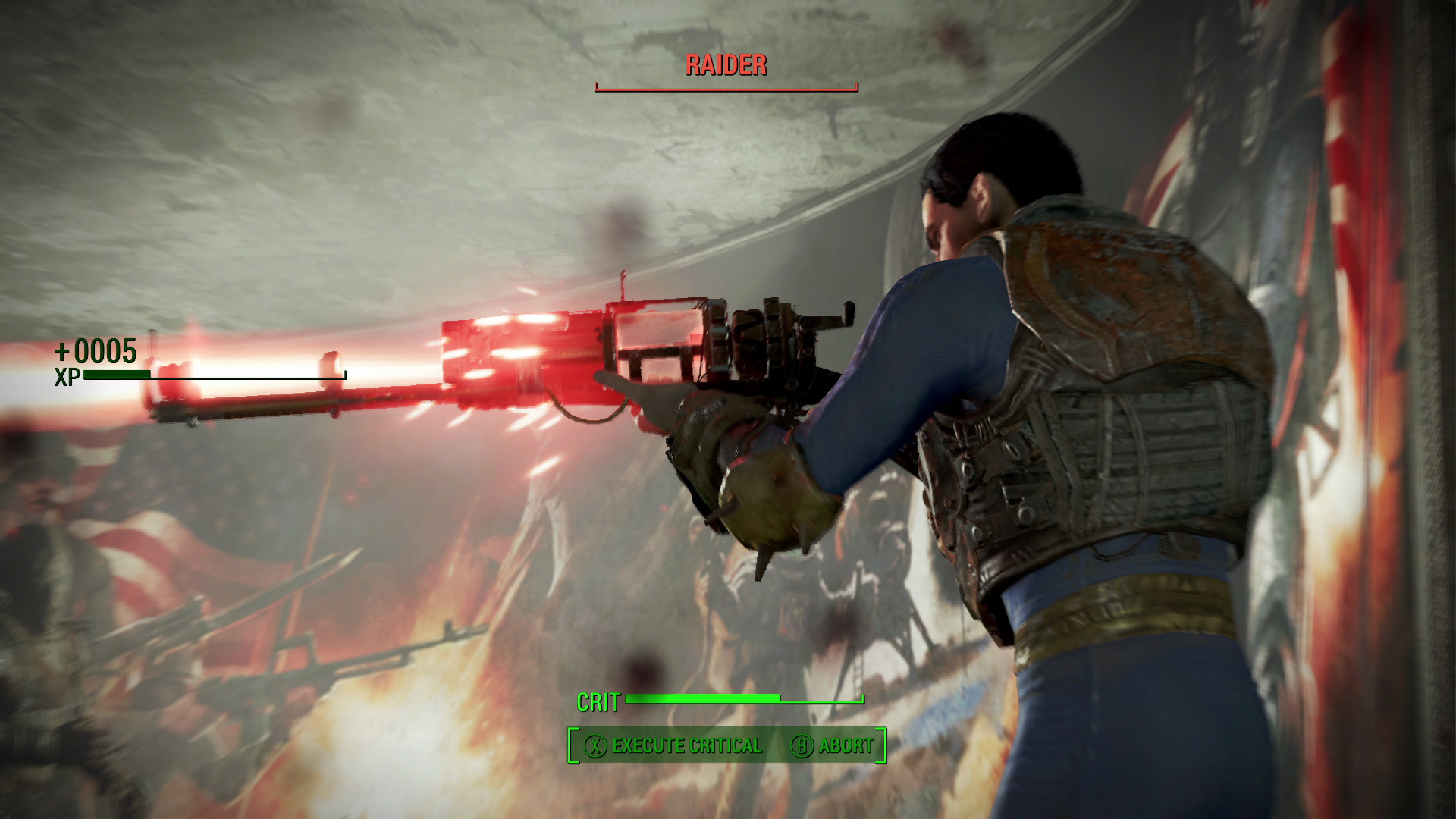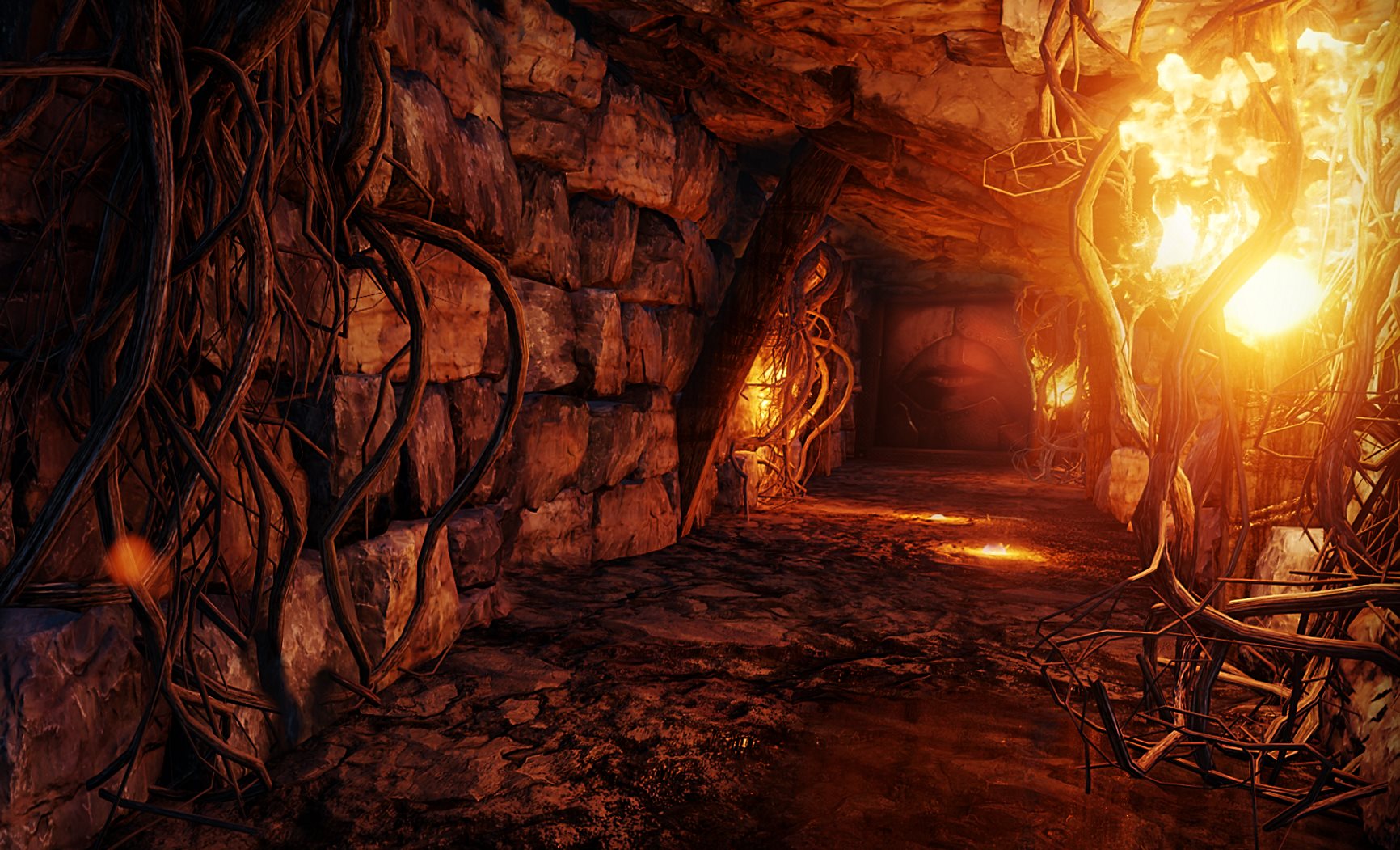Two paths through the wasteland: Brian Fargo on Wasteland 2 and Fallout 4

26 years is a long time to wait for a video game sequel, especially when those intervening years have spawned a similar, but more critically and commercially successful, series of games. But here we are, at the latest juncture on a twisted path: Wasteland begat Fallout; Interplay gave way to Bethesda; and last year, the circle of post-apocalyptic life was closed with Wasteland 2, developed by inXile Entertainment, the studio founded by ex-Interplay boss Brian Fargo, who created the original Wasteland all those years ago. War never changes, as the saying goes, but the irradiated hellscapes left in their wake? That, as we’ve seen, is a different story.

Fargo’s Wasteland 2 is more akin to the first two Fallout games than to its namesake, but Fallout under the auspices of Bethesda isn't what it once was either. The first two Fallouts were isometric RPGs with turn-based combat. Fallout 3, New Vegas, and soon Fallout 4 are powerfully immersive first-person experiences that are as much open-world shooters as anything else.
"[Fallout 4]'s more action-oriented, so that makes it different than what I would have done, but that being said, it looks great," Fargo said during a recent chat. "They've captured a lot of the essence of what made the Fallout universe, and they really pour a lot of effort into little things, whether it's the crafting, or the personality or how many names the robot can speak. I tip my hat to the craftsmanship they've brought to the franchise."
The differences in perspective and scale notwithstanding—and let's be fair, a multi-million-dollar Kickstarter doesn't even begin to approach the budget a big-time studio like Bethesda can bring to bear—the most meaningful difference between the modern-era Fallout and Wasteland lies in the storytelling. It's probably best typified by the decision to make Fallout 4's dog companion unkillable as a sop to delicate feelings. InXile, on the other hand, included a dog the 2004 edition of The Bard's Tale, "and we just made you love that dog," Fargo said. And then they killed it stone dead. Something similar happened to a vital NPC, as I was shocked to discover, at a critical juncture in Wasteland 2.

"With Wasteland, we kind of bent over backwards to ensure that everybody can be killed in that game. And you know what, it's a pain in the ass to design for that, because from beginning to end, there's all those NPCs and all those characters, and every single one of them can be killed," he continued. "And they're not fodder, they're people that have conversations and plot and reasons to be there. So when you account for being able to shoot and kill everything, it makes your design multiply."
It also potentially exposes game makers to backlash from over-excited parents and tut-tutting Fox News commentators if they take things too far. Fargo said game makers "ride this line" between immersion and caution, and reminded me that this isn't the first time Bethesda has opted for the latter: In the first two Fallouts, players who killed children were tagged with the "Childkiller" reputation, penalizing their NPC reactions and exposing them to bounty hunters. In Fallout 3 and beyond, Bethesda opted to simply make kids invulnerable.
"There was always this discussion [for Interplay's Fallouts] of, well, you want to make everyone killable because otherwise the world doesn't feel real, because you're fully immersed. When you're playing these games, it's like, for a moment there, you're in this alternate reality, and it's real for you. You are there. So when something suddenly doesn't work that works everywhere else, it breaks you out of it for a moment," he said. "But then you have to contrast that with, you don't want to be the sound bite that says, 'Here's a game that allows the killing of kids.' Because that's not what it's about. So there's always that friction between those two things."
Keep up to date with the most important stories and the best deals, as picked by the PC Gamer team.
"I think that when you remove the laws and accountability of mankind, they tend to do some really horrible things."
Nonetheless, Fargo is willing to go to some pretty ugly places with his games. The brutality of Wasteland 2 surprised me at times, like the encounter, which we mentioned in our review, with the Canyon of Titan traveler who dies horrifically at the hands of her "protector." Fallout seems to have gone in the other direction, as seen in the recent "Wanderer" live-action trailer that makes life in the wasteland look like a pretty good time. I asked Fargo if he felt Bethesda's take on the setting had become more parodic than he'd envisioned.
"Ours were quite grim in some ways, but we always had levity also. We always had that dark sense of humor, and I love a dark sense of humor, more than just about anything, so I don't know if I'd use the word 'parody'," he said. "These things take on a different tone depending on who's in charge of them. I think with any creative endeavor, you can take a franchise and put in a [different] director, and it's going to have a different beat to it."
And if Fargo’s “beat” seems at times to be unforgivingly grim, it’s likely because he holds a rather pessimistic view of humanity's basic nature that informs his post-apocalyptic designs. "I think that when you remove the laws and accountability of mankind, they tend to do some really horrible things," he continued. "Some of the post-apocalyptic books that I've read have really focused on mankind's nature in these circumstances. The Road, or Swan Song, or even in Mad Max, it's pretty dark stuff. So we try to capture that kind of dark side of man in what we do."

The return of Wasteland was met with excitement and accolades as well, enough to take it from niche PC RPG to a "Director's Cut" release for consoles. Fargo acknowledged that some of that durability is the result of Fallout keeping the genre in the public eye, but he attributes much of it to the depth and complexity inXile layers into its work, citing as an example a payoff scene for the shotgun-toting boozehound Scotchmo that most players won't ever see. Most of them won't even finish the game, he said. And he's not wrong: only 7.5 percent of Steam players have earned the "Back Where It All Began" achievement, an unavoidable late-game marker—but this stuff is in there, bringing a "subtlety" to the game world, as he put it, that makes the experience more rewarding for everyone.
"There's no person in my office that knows everything that's in it. The way I put these things together, we set sensibilities and ways to attack stuff, and then it gets a life of its own, and the project becomes its own thing…At the end of the day, literally you have a game that no person in this office knows everything that's in it,” he said.
Almost as if to make his point, Kotaku ran a story shortly after I spoke to Fargo about a shiny red button in Wasteland 2's sewers. Pushing it causes the screen to shake, and, apparently, nothing else. It was a mystery that had held up for more than a year, until Project Lead Chris Keenan revealed that the button actually opens up another area on the above-ground map, with a clever surprise inside.

Wasteland 2 has helped put Fargo and inXile at the forefront of a cRPG renaissance. Even so, he didn't hesitate when I asked if he'd be interested in making a new Fallout someday. But time has passed and attitudes have changed, he added, and so while the opportunity to add a new chapter to the story would be “a treat,” the reality is that an inXile-built Fallout wouldn’t be the sort of direct, note-for-note follow-up that Van Buren adherents dream of. And really, that's what Wasteland 2 is all about anyway: Making the kind of post-apocalyptic RPG he really wants, for the people who want that kind of experience.
With inXile's latest project, The Bard's Tale IV, the situation is reversed somewhat. The fundamentals of dungeon crawlers haven't changed meaningfully since the original Bard's Tale helped make it one of the dominant genres of the late 80s and early 90s, but inXile aims to shake things up with the new game. That leads naturally to the question of whether that's something that dungeon crawler fans really want. Developer Almost Human has had considerable success with its Legend of Grimrock games, which very purposely hew closely to the genre's old-time conventions.
"Sometimes people don't know what they want until they see it, and I think when we show it to them, they're going to want it. Everybody wants better graphics, and everybody wants a deeper combat system," he said. "And if I'm going to do combat, I don't think anyone's going to not want it to feel like it pays off better, or not have really great special effects or spell effects or particle effects. I don't think anybody's going to not want that stuff. Even though they're not specifically asking for it, I think when you add it all up, they're going to like the package for sure."

The point is that, in spite of its lineage, The Bard's Tale IV isn't just a nostalgia project. The series predates Wasteland and hasn't had the benefit of a Fallout-like spinoff to keep it at the forefront of gamer consciousness. Because of that, Bard's Tale IV may well diverge further from its predecessor, perhaps even evolving into something with echoes of Bethesda's Fallout resurrection. That would be quite a reversal of roles—and a lot of fun to watch.
It'll be awhile yet before we see much of substance from the new Bard's Tale, though Fargo likened it to Interplay’s 1995 dungeon crawler Stonekeep. “You compare Stonekeep to Bard's Tale, and graphically it was—well, now it doesn't look so great—but it was like a big leap forward from the original ones. So we're just continuing on from that tradition.” InXile’s focus has been primarily on the Wasteland 2 Director's Cut, and it's also elbows-deep in Torment: Tides of Numenera. And there are "other production plans that we'll be announcing soon that I think people will find very interesting," he said. The California-based studio just recently announced its first expansion, a satellite office in New Orleans expected to grow to 50 people.
"They'd shoot me if I start talking about other things," Fargo said. "But I will soon. It's never dull around here, I'll tell you that."

Andy has been gaming on PCs from the very beginning, starting as a youngster with text adventures and primitive action games on a cassette-based TRS80. From there he graduated to the glory days of Sierra Online adventures and Microprose sims, ran a local BBS, learned how to build PCs, and developed a longstanding love of RPGs, immersive sims, and shooters. He began writing videogame news in 2007 for The Escapist and somehow managed to avoid getting fired until 2014, when he joined the storied ranks of PC Gamer. He covers all aspects of the industry, from new game announcements and patch notes to legal disputes, Twitch beefs, esports, and Henry Cavill. Lots of Henry Cavill.

